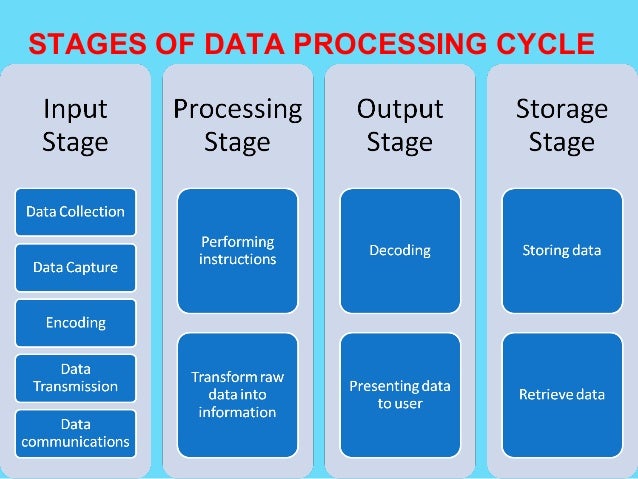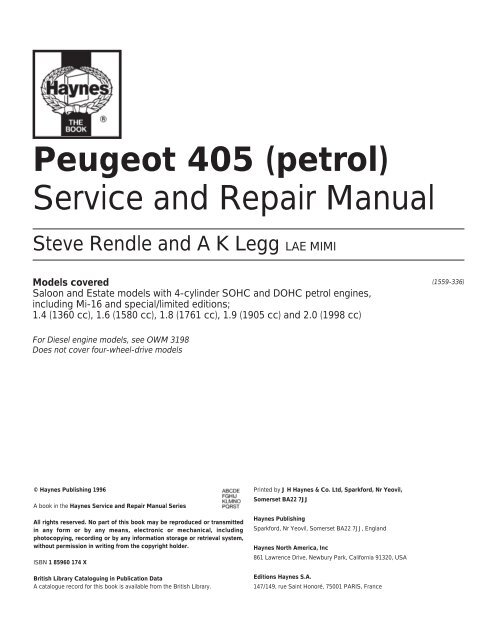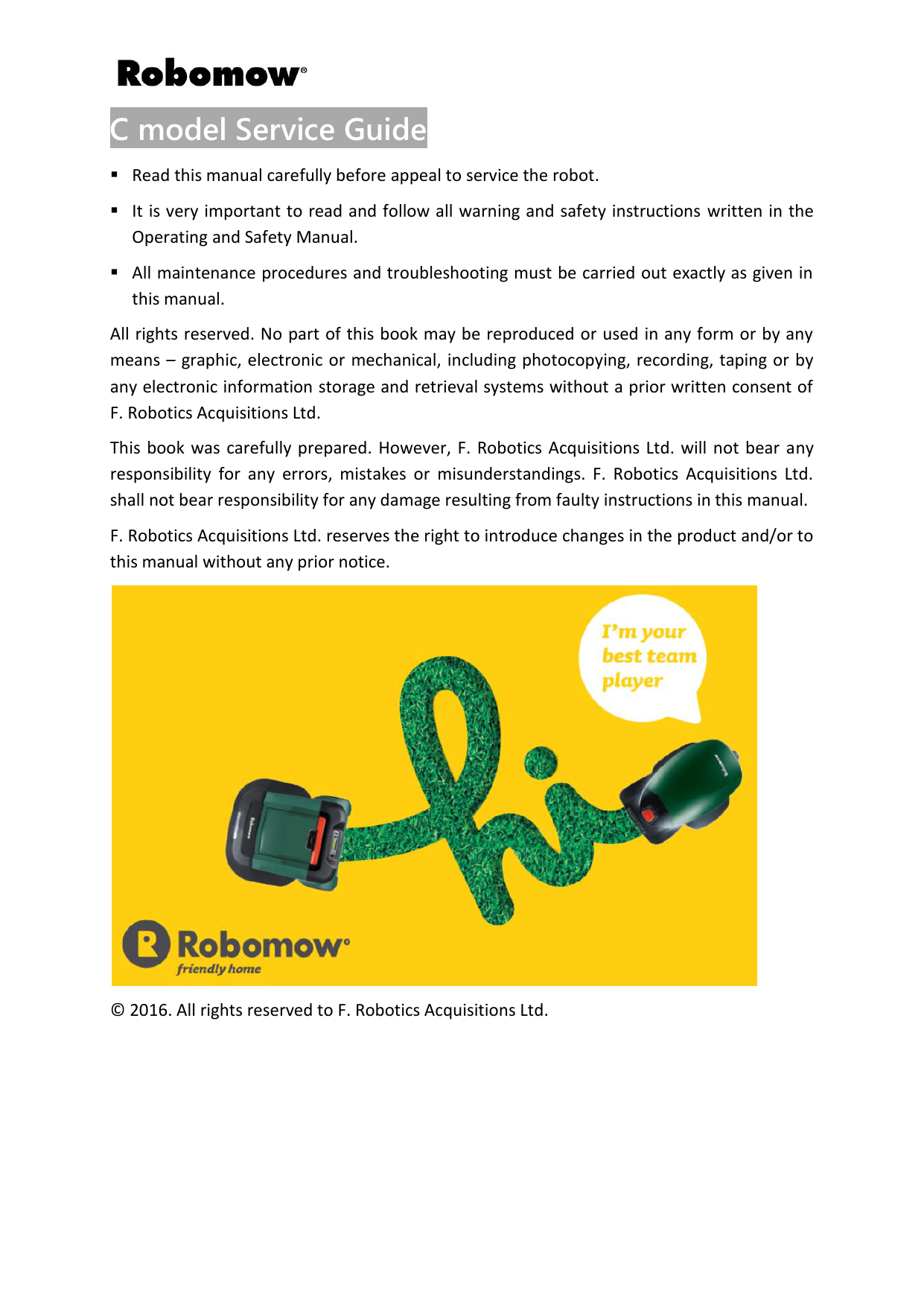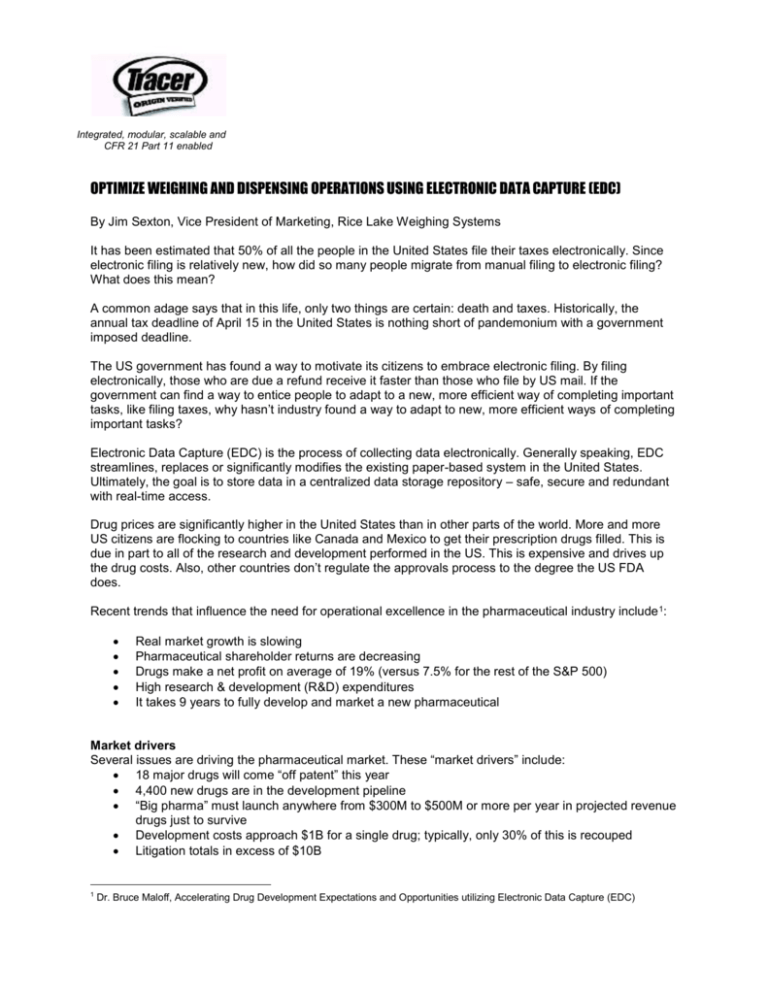Information storage systems refer to the methods and devices used to store and retain data for future use. There are two main types of information storage systems: manual and electronic.
Manual information storage systems are those that rely on physical media, such as paper documents, to store and retain information. These systems have been in use for centuries, and are still common in many organizations today. Some examples of manual information storage systems include filing cabinets, binders, and folders.
One advantage of manual information storage systems is that they are generally easy to use and understand. Many people are familiar with the concept of filing papers in a cabinet or folder, and it is simple to retrieve a document when needed. Additionally, manual systems are often less expensive to implement than electronic systems.
However, manual information storage systems also have some significant drawbacks. They are vulnerable to physical damage, such as water or fire, and it can be time-consuming to locate a specific document in a large filing system. In addition, manual systems can be less secure than electronic systems, as documents can be accessed by anyone who has physical access to them.
Electronic information storage systems, on the other hand, use digital media, such as computer servers or hard drives, to store and retain information. These systems are becoming increasingly common as technology continues to advance. Some examples of electronic information storage systems include cloud-based storage, databases, and online document management systems.
One major advantage of electronic information storage systems is their accessibility. With an electronic system, it is easy to access and retrieve documents from any location with an internet connection. Electronic systems are also more secure than manual systems, as they can be password protected and access can be restricted to authorized users. Additionally, electronic systems are less vulnerable to physical damage and can store a much larger amount of information than manual systems.
However, electronic information storage systems can be more complex to implement and maintain than manual systems. They also require a constant power supply and may be vulnerable to cyber threats, such as hacking or malware.
In conclusion, both manual and electronic information storage systems have their own advantages and disadvantages. The best system for a particular organization will depend on its specific needs and resources. Some organizations may choose to use a combination of both manual and electronic systems, depending on the type of information being stored and the needs of the users.








